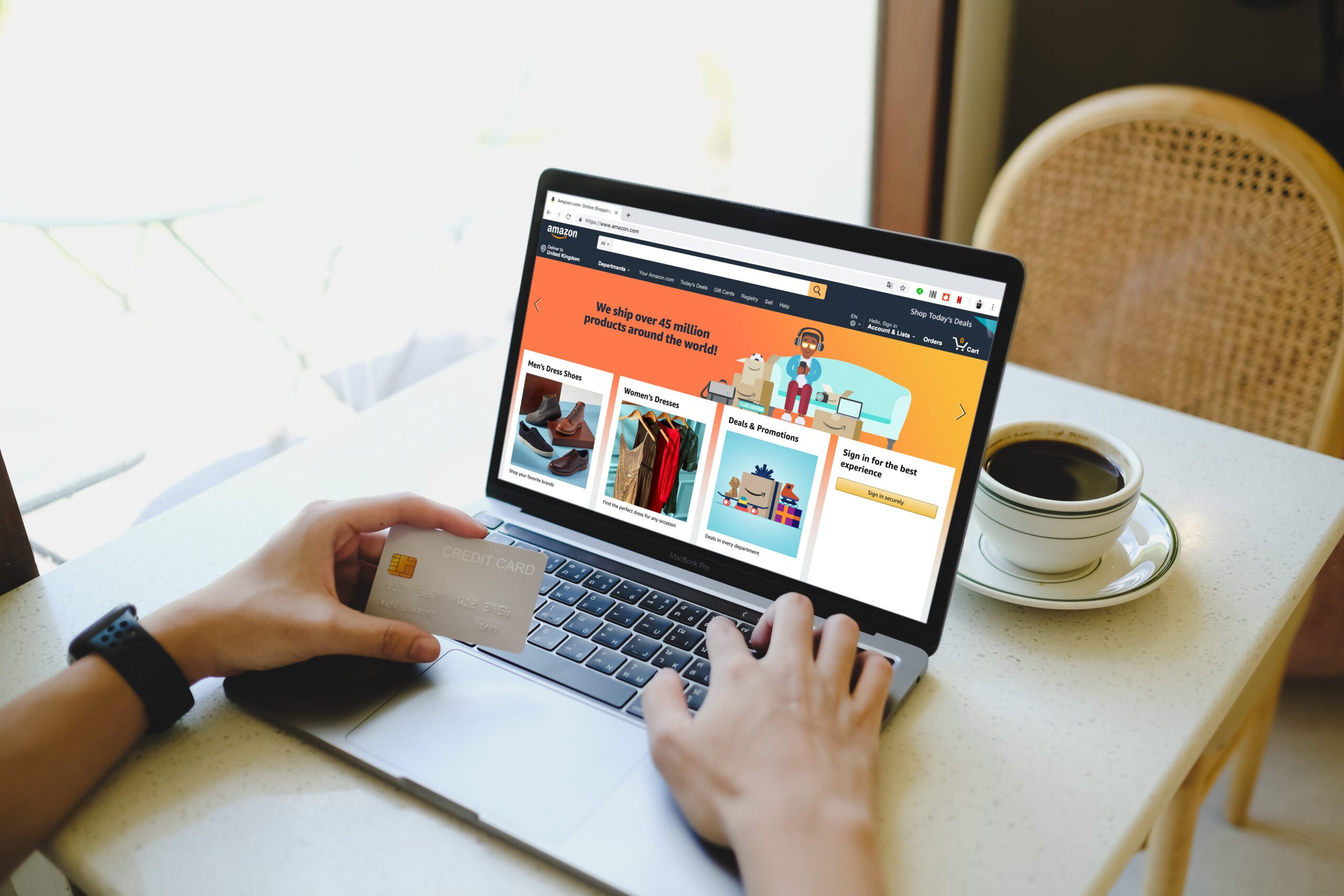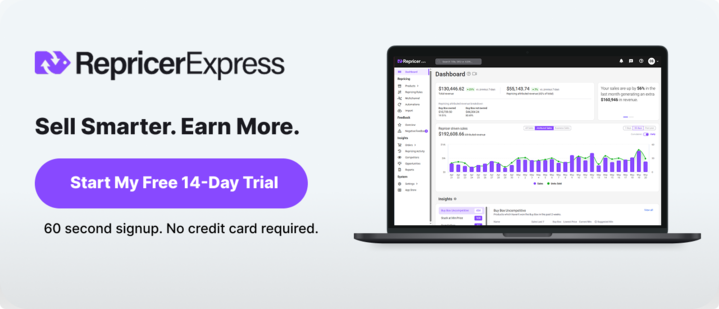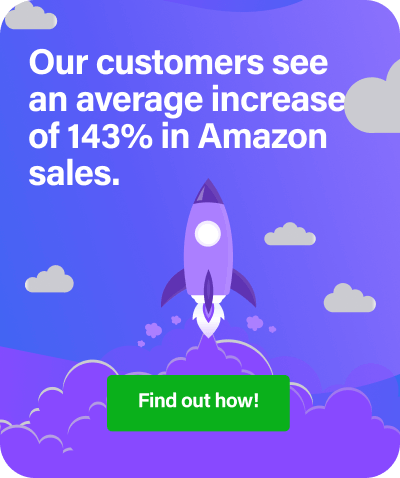Selling on Amazon can be profitable, but many sellers ask: how do Amazon fees affect my bottom line? The simple answer is that every sale comes with costs, but by understanding the structure of those fees, you can find ways to protect and grow your margins. Let’s expand on that here (and help you make the most of exactly what we mean).
What Are Amazon Fees?
Amazon charges fees to cover the cost of using its platform and services. These fees vary depending on whether you use Fulfillment by Amazon (FBA), the type of products you sell, and your selling plan. While they can feel complicated, understanding them is critical to making smarter pricing and inventory decisions. Which is what we want for you – so read on and we’ll get into it a little more.
Recent analyses indicate that Amazon’s fees can significantly impact sellers’ revenue. For instance, let’s look at referral fees: Amazon charges a referral fee, which typically ranges from 8% to 15% of the product’s selling price, depending on the category. Then there are Fulfillment by Amazon (FBA) fees, and advertising costs – as just two other examples.
When combined, these fees can constitute a significant portion of a seller’s revenue. For example, if a seller’s product costs $100, the combined fees could range from $48 to $65, leaving you with a profit margin that may be considerably lower than anticipated. And none of us want that. You’re not selling on Amazon for the love of it, after all.
What Are The Main Types of Amazon Seller Fees?
Here are the primary costs sellers encounter:
- Referral fees: A percentage of the sale price (typically 8%–15%, depending on the category).
- FBA fees: Cover picking, packing, shipping, and customer service. Costs vary by product size and weight.
- Monthly subscription fees: $39.99 for a professional account or $0.99 per item on an individual account.
- Storage fees: Charged monthly for inventory held in Amazon’s warehouses, with higher rates for long-term storage.
- Other fees: Removal, returns processing, high-volume listing fees, or advertising spend.
How Amazon Fees Affect Profitability
Every fee reduces the profit you make per unit sold. If you don’t track these costs closely, you may underprice your products or miss hidden expenses that eat into your margins.
Key considerations include:
- Understanding the exact referral percentage in your category
- Factoring FBA storage peaks during holidays
- Accounting for returns and their processing fees
Proven Strategies to Minimize Amazon Fees
Reducing fees doesn’t mean cutting corners. It means being smarter with pricing and inventory.
- Choose products strategically: Favor items that fit into lower fee tiers.
- Bundle items: Create multipacks to reduce per-unit FBA costs.
- Optimize packaging: Keep dimensions within thresholds to avoid oversized fees.
- Stay on top of inventory: Prevent long-term storage fees by managing stock turnover.
- Use repricing tools: Stay competitive without sacrificing profitability.
Amazon Tools That Help You Maximize Profits
Manually tracking fees and profitability can be overwhelming. Tools like Repricer Express streamline this process by adjusting your prices in real time, so your listings stay competitive while keeping margins healthy …all the time.
A Quick Summary and What to Do Next
- Amazon fees are unavoidable but manageable.
- Referral fees, FBA fees, and storage fees make up the majority of costs.
- Small product adjustments, smart bundling, and better inventory control can help.
- Profitability is about balance: staying competitive while safeguarding margins.
Next steps:
- Audit your current fee structure.
- Identify products where fees cut too deeply into margins.
- Use automation tools to ensure sustainable profitability.
Ready to take control of your fees and maximize profits? Book a Demo today and see how Repricer Express can help you sell smarter.
FAQs
How much does Amazon take in fees?
It varies by product and category, but sellers typically see fees totaling 30%-40% of the sale price.
Are Amazon FBA fees worth it?
Yes, for many sellers. FBA offers fast shipping, Prime eligibility, and customer service, which often outweigh the higher costs.
Can I sell on Amazon without paying subscription fees?
Yes, but only with an individual account, which charges $0.99 per item sold. A professional account is more cost-effective if you sell more than 40 items monthly.
How can I calculate Amazon fees before selling a product?
Amazon provides a free FBA calculator where you can enter product details and estimate costs.
What’s the best way to manage fees long-term?
Regularly review your product performance, adjust pricing, and use repricing software to stay competitive without sacrificing profit.



